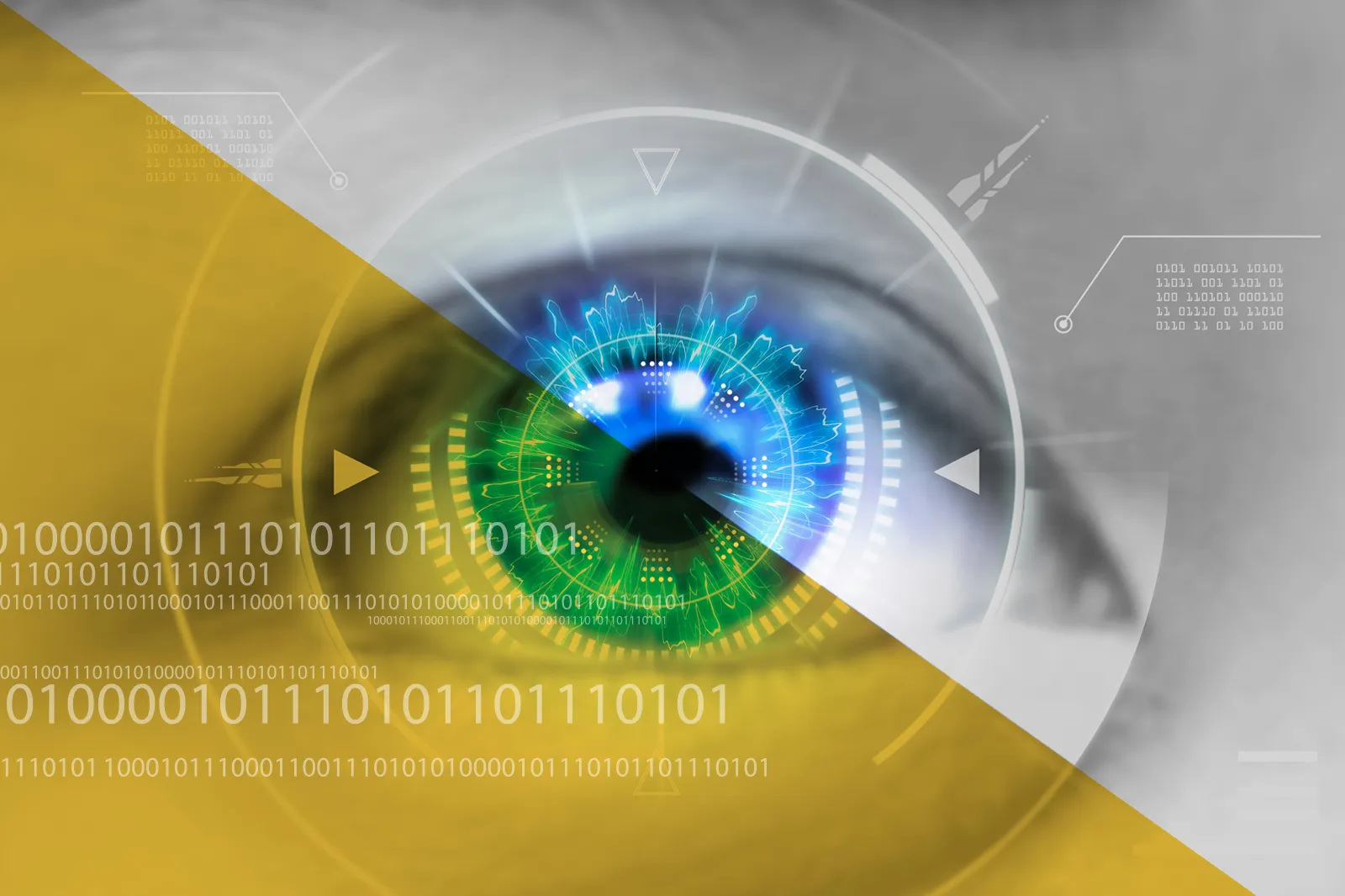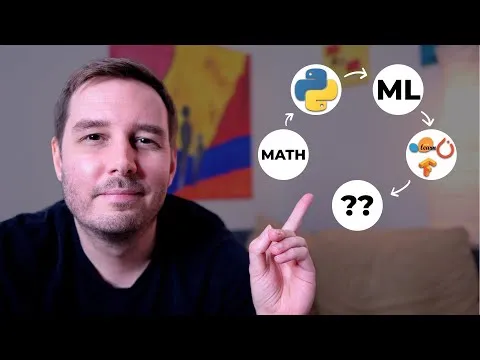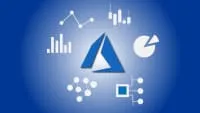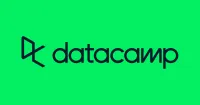
Introduction to Trading Machine Learning & GCP 
This course from the New York Institute of Finance and Google Cloud provides an introduction to trading, machine learning, and Google Cloud Platform (GCP). Gain the skills to make informed decisions in the financial markets and leverage GCP for machine learning applications. ▼
ADVERTISEMENT
Course Feature
![]() Cost:
Cost:
Free
![]() Provider:
Provider:
Coursera
![]() Certificate:
Certificate:
No Information
![]() Language:
Language:
English
![]() Start Date:
Start Date:
Self Paced
Course Overview
❗The content presented here is sourced directly from Coursera platform. For comprehensive course details, including enrollment information, simply click on the 'Go to class' link on our website.
Updated in [March 06th, 2023]
This course is designed to introduce learners to the world of algorithmic trading and machine learning on Google Cloud Platform (GCP). It covers the fundamentals of trading, machine learning, and GCP, and provides an overview of the applications of machine learning in the real world. Learners will gain an understanding of the differences between artificial intelligence (AI) and machine learning (ML), and learn how to use AI Platform Notebooks to build models. They will also explore the advantages and disadvantages of quantitative trading, and learn how to use backtesting to evaluate trading strategies. Finally, learners will gain an understanding of the different types of algorithmic trading, such as exchange and statistical arbitrage, and index arbitrage. This course is suitable for those who are interested in learning about algorithmic trading and machine learning on GCP.
[Applications]
Students who have completed this course should be able to apply the knowledge they have gained to build and deploy machine learning models on Google Cloud Platform. They should be able to use AI Platform Notebooks to create and manage their models, and use BigQuery ML to build regression models. They should also be able to understand the differences between trading and investing, and be familiar with the different types of quantitative strategies and arbitrage opportunities. Finally, they should be able to design and backtest their own trading strategies.
[Career Paths]
1. Quantitative Trader: Quantitative traders use mathematical models and algorithms to analyze financial markets and make trading decisions. They use a variety of techniques, such as statistical arbitrage, index arbitrage, and exchange arbitrage, to identify profitable trading opportunities. The development of machine learning and artificial intelligence has enabled quantitative traders to develop more sophisticated models and algorithms to identify profitable trading opportunities.
2. Machine Learning Engineer: Machine learning engineers are responsible for developing and deploying machine learning models to solve real-world problems. They use a variety of techniques, such as supervised and unsupervised learning, to develop models that can accurately predict outcomes. They also use cloud computing platforms, such as Google Cloud Platform, to deploy their models.
3. Data Scientist: Data scientists use a variety of techniques, such as machine learning, to analyze large datasets and uncover insights. They use a variety of tools, such as Python and R, to analyze data and develop models. They also use cloud computing platforms, such as Google Cloud Platform, to deploy their models.
4. Algorithmic Trader: Algorithmic traders use computer algorithms to analyze financial markets and make trading decisions. They use a variety of techniques, such as statistical arbitrage, index arbitrage, and exchange arbitrage, to identify profitable trading opportunities. The development of machine learning and artificial intelligence has enabled algorithmic traders to develop more sophisticated models and algorithms to identify profitable trading opportunities.
[Education Paths]
Recommended Degree Paths:
1. Bachelor's Degree in Computer Science: This degree provides a comprehensive overview of computer science, including topics such as programming, algorithms, data structures, artificial intelligence, machine learning, and cloud computing. It also provides a strong foundation for developing skills in quantitative finance and trading.
2. Master's Degree in Quantitative Finance: This degree focuses on the application of quantitative methods to financial markets and investments. It covers topics such as financial engineering, risk management, portfolio optimization, and algorithmic trading. It also provides a strong foundation for developing skills in machine learning and artificial intelligence.
3. Master's Degree in Artificial Intelligence: This degree focuses on the development of artificial intelligence systems and their applications in various fields. It covers topics such as machine learning, deep learning, natural language processing, computer vision, and robotics. It also provides a strong foundation for developing skills in quantitative finance and trading.
4. Master's Degree in Data Science: This degree focuses on the analysis and interpretation of large datasets. It covers topics such as data mining, data visualization, predictive analytics, and machine learning. It also provides a strong foundation for developing skills in quantitative finance and trading.
Developing Trends:
1. Automation: Automation is becoming increasingly important in the field of quantitative finance and trading. Automated trading systems are being developed to reduce the amount of manual work required to execute trades.
2. Machine Learning: Machine learning is becoming increasingly important in the field of quantitative finance and trading. Machine learning algorithms are being used to identify patterns in financial data and to make predictions about future market movements.
3. Big Data: Big data is becoming increasingly important in the field of quantitative finance and trading. Big data analytics are being used to identify patterns in financial data and to make predictions about future market movements.
4. Cloud Computing: Cloud computing is becoming increasingly important in the field of quantitative finance and trading. Cloud computing platforms are being used to store and analyze large datasets in order to identify patterns in financial data and to make predictions about future market movements.
Course Syllabus
What is forecasting? - part 1
What is forecasting? - part 2
Choosing the right model and BQML - part 1
Choosing the right model and BQML - part 2
Lab Intro: Forecasting Stock Prices using Regression in BQML
Lab Walkthrough: Forecasting Stock Prices using Regression in BQML
Pros & Cons

Good refresher from a different perspective.

In-depth walkthrough of ML applications in quant strategies.

Provides basic understanding of few types of models.

Little substance per week.

Skewed theory and product guide.

Very basic and piecemeal.
Course Provider

Provider Coursera's Stats at AZClass
Discussion and Reviews
0.0 (Based on 0 reviews)
Explore Similar Online Courses

Learn Photoshop in Under 2 Hours

Robotic Vision - Program

Python for Informatics: Exploring Information

Social Network Analysis

Introduction to Systematic Review and Meta-Analysis

The Analytics Edge

DCO042 - Python For Informatics

Causal Diagrams: Draw Your Assumptions Before Your Conclusions

Whole genome sequencing of bacterial genomes - tools and applications

How I would learn Machine Learning (if I could start over)

Learn Data Science and Machine Learning on Microsoft Azure

Machine Learning for Everyone
 Related Categories
Related Categories
 Popular Providers
Popular Providers
 Popular Searches
Popular Searches
Quiz
 Submitted Sucessfully
Submitted Sucessfully
1. What is the difference between AI and ML?
2. What is the purpose of using AI Platform Notebooks?
3. What is the purpose of backtesting?
4. What is BigQuery ML?
Correct Answer: It is a service on Google Cloud Platform for building and training machine learning models.


Start your review of Introduction to Trading Machine Learning & GCP